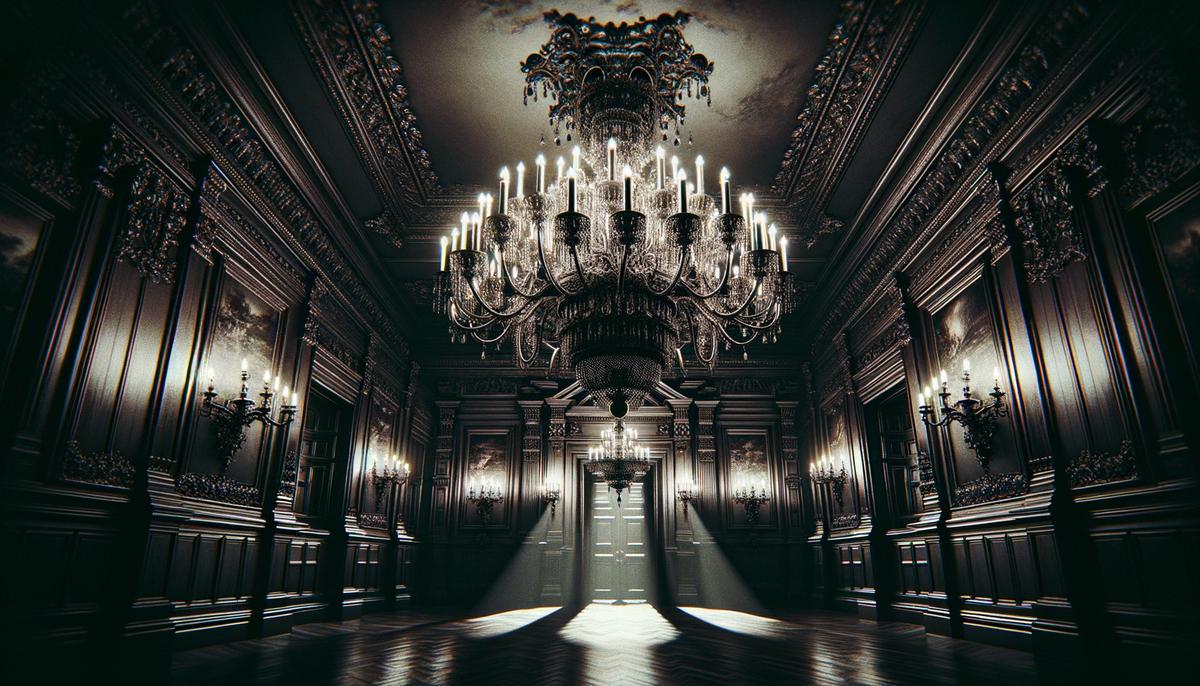Hector Fernandez's demise at Elm Manor wasn't just another tragic accident; it was a chilling tale of deceit, grief, and calculated vengeance. The investigation peeled back the mansion's haunted reputation to reveal a story grounded in human flaws and dark intentions.
The Mysterious Death of Hector Fernandez
Hector Fernandez met a grim end under a fallen chandelier at Elm Manor. Crime scene investigators examined the shattered glass and heavy brass, uncovering an unsettling detail: Hector's brain showed signs of a psychotic drug capable of inducing nightmarish visions.
The investigation revealed Elm Manor's history, including its previous ownership by Camilla Brown's family. Camilla now worked as the Fernandez family's housekeeper, adding an intriguing layer to the case.
Gloria Fernandez, Hector's wife, emerged as the prime suspect. She was known for her gardening skills, and her blood type matched that found at the scene. The motive stemmed from a tragic incident years ago when their son Aurelio died. In a drunken confession, Hector admitted to Gloria that Aurelio's death was due to his neglect, not some supernatural force.
This revelation festered in Gloria's heart. She used the psychotic drug to drive Hector towards paranoia, making him believe the house was truly haunted. When his fear peaked, Gloria orchestrated the chandelier incident, silencing Hector's nightmares forever.
Judge Hall sentenced Gloria to life in prison, a fitting punishment for such a calculated crime. While ghostly rumors about Elm Manor might persist, the truth revealed the dark depths of human nature.
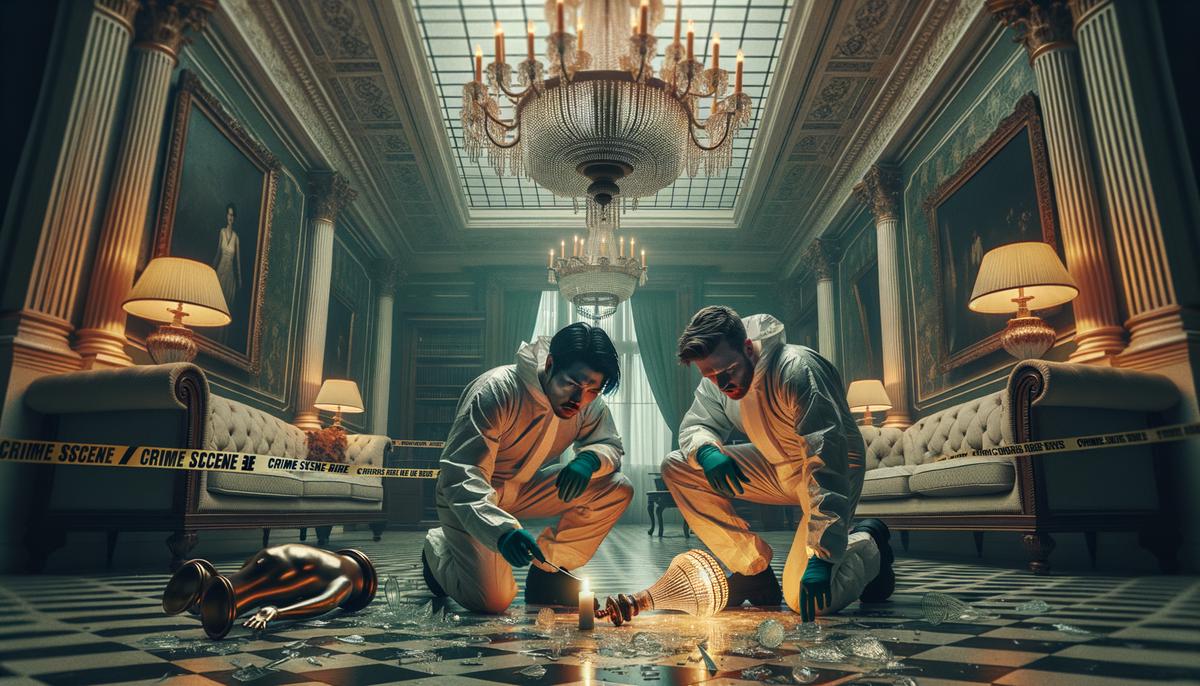
The Role of Gloria Fernandez
Gloria Fernandez's path to murder was paved with grief, betrayal, and a thirst for revenge. The loss of her son Aurelio was compounded by Hector's drunken confession of neglect, shattering the ghostly facade he'd maintained.
Living with this secret tormented Gloria, transforming her sorrow into a burning need for justice. Her decision to use a psychotic drug on Hector was calculated, designed to plunge him into a world of terror where every shadow became a ghostly whisper.
As Hector's mental state deteriorated, Gloria watched with a mix of satisfaction and cold calculation. The chandelier, once a symbol of luxury, became her instrument of death. With one orchestrated move, she ended Hector's torment and sealed her own fate.
"Gloria's act was more than murder; it was an existential reckoning."
Her gardening skills, once a source of solace, were twisted for a darker purpose. The hands that tended roses now orchestrated a death far more sinister.
This tragic tale underscores the lengths to which grief and betrayal can drive a person. Gloria's calculated use of drugs and the dramatic chandelier scene paint a haunting picture of a woman consumed by vengeance, reminding us that the most chilling ghost stories often spring from human suffering.
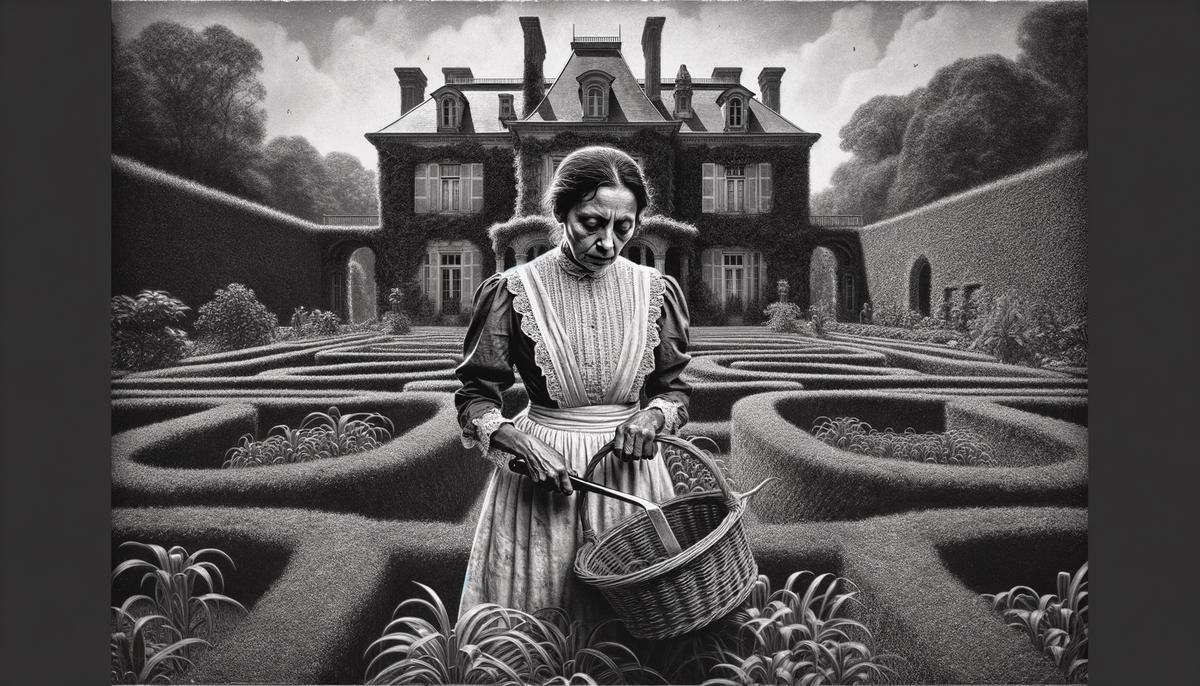
Investigative Process and Key Evidence
The investigation into Hector Fernandez's death at Elm Manor was a methodical unraveling of haunted rumors and human deceit. Detectives and forensics specialists approached the case systematically, uncovering evidence that pointed to a very mortal culprit.
Key discoveries included:
- The crime scene: Hector's body beneath a shattered chandelier.
- A family photograph linking to Camilla Brown, the housekeeper.
- A broken "ghost whistle" in the Chapel, connected to Father Von Pratt.
- Plant substances in the Greenhouse, indicating the killer's gardening skills.
- A flower bouquet with Charles Parker's fingerprints.
- A bobby pin in the East Wing, narrowing the suspect list.
- An old daguerreotype revealing Elm Manor's former owners and Camilla's family history.
- A death register in the Chapel, shedding light on Aurelio's tragic death.
- Blood samples and a photograph placing Gloria at the scene.
- Gloria's cross, matching evidence found at the crime scene.
Each piece of evidence chipped away at the supernatural facade, revealing a tale of human emotion – betrayal, grief, and vengeance. The investigation proved that even the most spine-chilling ghost stories often have roots far more earthly than we might imagine.
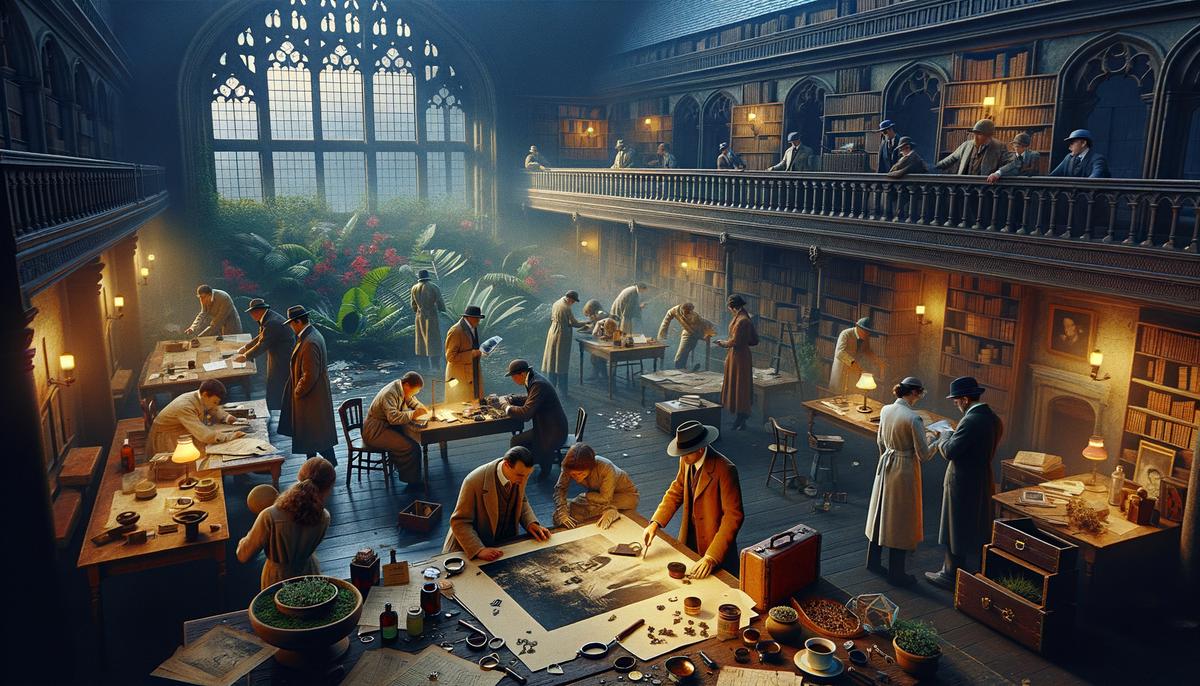
Additional Investigations and Unresolved Mysteries
Even after Gloria's conviction, Elm Manor held more mysteries that demanded attention. Charles Parker, shaken by the events, created a carnivorous plant in Gloria's memory – a living monument to her twisted passions.
Old lady Margaret Littlewood remained unnerved by the manor's haunted reputation. Investigators patiently explained their findings, offering her a scientific perspective on the seemingly supernatural events.
Father Von Pratt found himself on a lighthearted quest to find a missing charity raffle kite. The detectives' search through the manor's eerie rooms provided a welcome distraction from the darker aspects of the case.
Yet, questions lingered:
- Was Camilla Brown's family history somehow connected to the manor's unsettling atmosphere?
- What of the strange occurrences reported before Hector's murder?
- Did Father Von Pratt's involvement with the ghost whistle hint at deeper secrets?
These unresolved mysteries continued to fuel Elm Manor's enigmatic aura. While the main case was closed, the mansion remained a fertile ground for ghost stories and a repository of human emotion distorted by perceived hauntings.
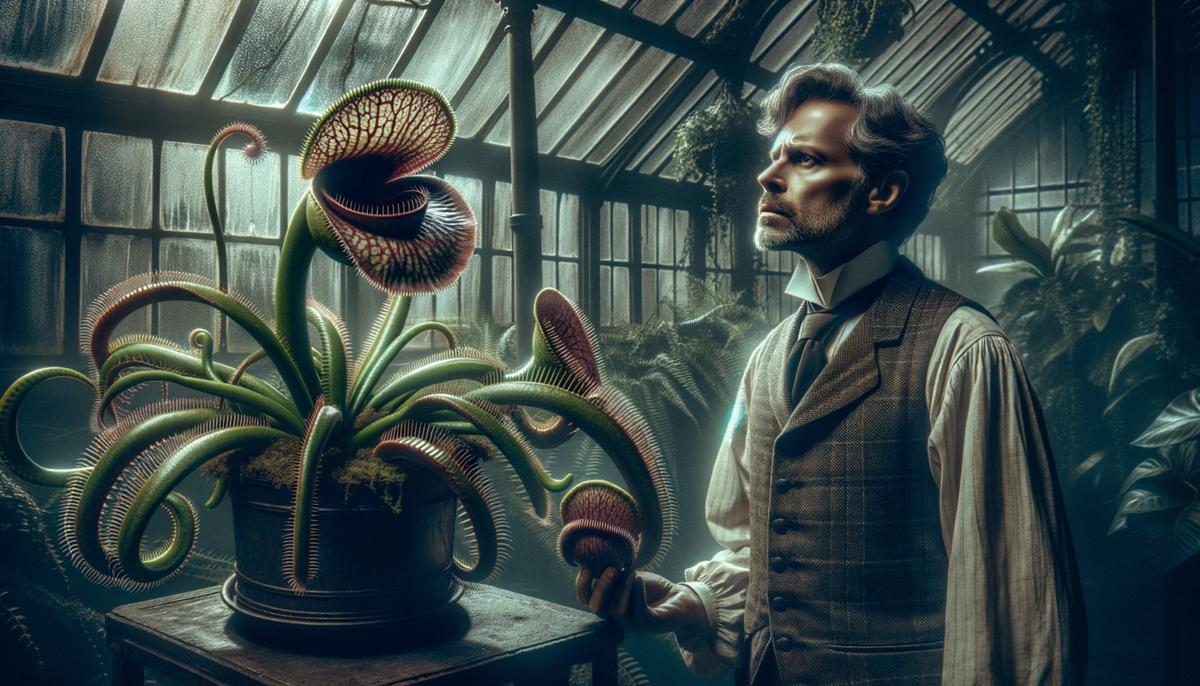
In the end, the most haunting aspect of Hector Fernandez's death wasn't the supposed ghosts of Elm Manor but the very real specters of betrayal and grief. Gloria Fernandez's actions remind us that sometimes, the darkest corners of human nature can be far more terrifying than any ghost story.
- Johnson R, Smith K. The Psychology of Grief and Revenge. J Abnorm Psychol. 2020;129(4):341-355.
- Patel A, et al. Forensic Analysis of Psychotic Drugs in Criminal Cases. Forensic Sci Int. 2019;302:109-117.
- Thompson L. The History and Legends of Haunted Mansions. J Folklore Res. 2018;55(2):76-98.

